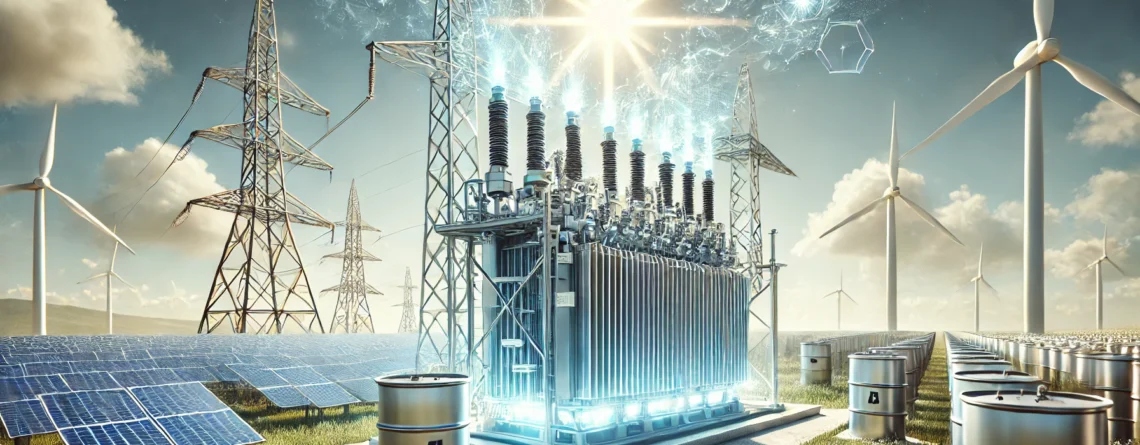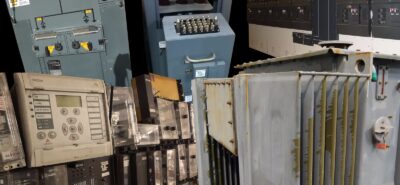Renewable Transformers Gas Issue
Why Are Renewable Transformers Producing Excessive Gas? Causes, Prevention, and Solutions
Renewable energy has become a cornerstone of modern power generation, with solar and wind farms increasingly connected to the grid. However, integrating renewable energy sources brings its own set of technical challenges, one of which is the production of excessive gas in transformers designed for renewable applications. Excessive gas generation can signal underlying problems that, if left unaddressed, may lead to transformer failure, unplanned outages, and costly repairs. In this blog post, we will explore why renewable transformers may produce excessive gas, how to prevent this phenomenon, and what solutions are available if it occurs.
Causes of Excessive Gas Generation in Renewable Transformers
- High Harmonic Distortion
Renewable energy systems often involve inverters that convert DC power to AC. These inverters can introduce significant harmonic distortion into the electrical system. Harmonics can cause localized overheating in transformers, leading to accelerated decomposition of insulation materials and oil, which generates gases like hydrogen, methane, and ethylene. - Overloading and Cyclic Loading
Transformers connected to renewable energy systems often face fluctuating loads due to variations in solar and wind power generation. This cyclic loading can stress the transformer, causing thermal and mechanical degradation over time, which also contributes to gas production. - Faults in Insulation Systems
Partial discharges, aging insulation, and hot spots within the transformer can result in gas formation. In renewable setups, prolonged exposure to stressors like transient overvoltages can exacerbate these issues. - Oil Contamination
Renewable transformers often operate in harsh environments where moisture, dust, or chemical contaminants can enter the transformer. Contaminated oil can break down more easily under electrical and thermal stress, producing excessive gas.
Prevention Strategies
- Proper Transformer Design
Invest in transformers specifically designed for renewable energy applications. These units are built to handle harmonics, fluctuating loads, and environmental challenges more effectively than conventional transformers. - Harmonic Mitigation
Install harmonic filters to reduce the impact of harmonic distortion on the transformer. Filters can help maintain a stable electrical environment and minimize overheating. - Enhanced Monitoring Systems
Use advanced condition monitoring systems to detect early signs of overheating, partial discharge, or oil degradation. Dissolved Gas Analysis (DGA) and thermal imaging can provide valuable insights into the health of the transformer. - Regular Maintenance
Routine inspection and maintenance are critical to keeping transformers in good working condition. Cleaning, oil testing, and insulation checks can prevent issues before they escalate.
Solutions for Excessive Gas Production
- Perform Dissolved Gas Analysis (DGA)
If excessive gas is detected, conduct a detailed DGA to identify the types of gases present. This analysis can pinpoint the root cause, whether it’s thermal overheating, electrical faults, or oil degradation. - Address Overloading Issues
If the transformer is consistently overloaded, consider redistributing the load or upgrading to a higher-capacity transformer. Load management strategies can also help mitigate stress. - Oil Reconditioning or Replacement
If oil contamination is the issue, recondition or replace the transformer oil. Modern oils with better thermal and dielectric properties can improve performance and reduce gas generation. - Repair or Replace Affected Components
Identify and address specific faults, such as damaged insulation or hot spots, through targeted repairs. In severe cases, replacing the transformer may be the most cost-effective long-term solution. - Implement Cooling Enhancements
Improved cooling systems, such as forced air or oil cooling, can help manage heat more effectively and prevent gas generation caused by thermal stress.
Conclusion
Excessive gas production in renewable transformers is a significant concern, but it’s a manageable one with the right strategies. Understanding the causes, investing in preventive measures, and addressing issues promptly can ensure the longevity and reliability of these critical components. At NKD Group, we specialize in power distribution solutions and can help you navigate these challenges with tailored strategies and cutting-edge technologies.
If you’re facing issues with your renewable transformers or need expert advice, contact us today. Let’s work together to ensure your power systems operate efficiently and sustainably.






